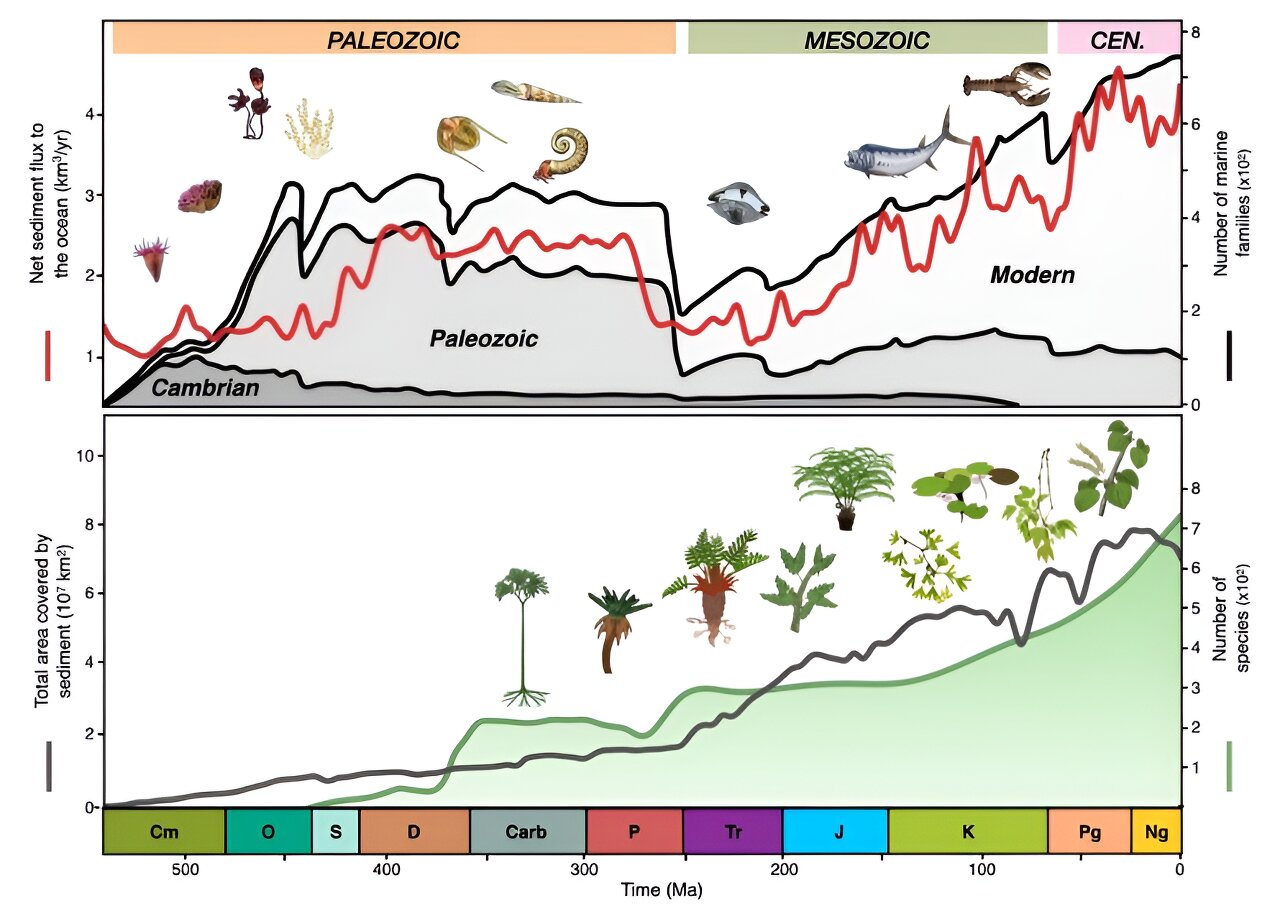Movement of rivers, mountains, oceans and sediment nutrients at the geological timescale are the central drivers of Earth’s biodiversity, research published in Nature has revealed.
The research also shows that biodiversity evolves at similar rates to the pace of plate tectonics, the slow geological processes that drive the shape of continents, mountains and oceans.
“That is a rate incomparably slower than the current rates of extinction caused by human activity,” said lead author Dr. Tristan Salles from the School of Geosciences.
The research looks back over 500 million years of Earth’s history to the period just after the Cambrian explosion of life, which established the main species types of modern life.
You must log in or # to comment.


